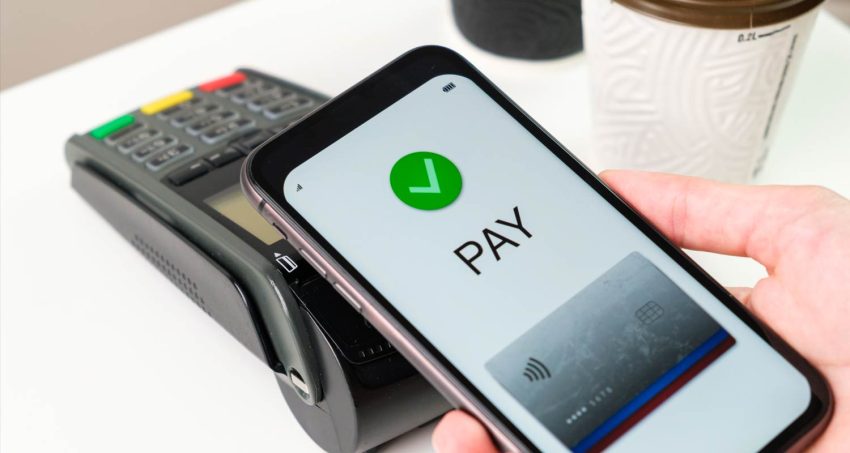You might even be a consumer with no cards in your wallet, preferring contactless payments with your smartphone.
The transition from cash to cashless payments has significantly increased on a global scale, especially in the last five years.
In 2020, cashless payment volumes contributed US$1-trillion to the world economy. This year, digital payments are projected to reach $1.9-trillion. By 2030, estimates are that these numbers will triple.
In some countries, like Malaysia, the rapid adoption of non-cash payment methods has set a new precedent for everyday transactions. With most Malaysians now using cashless payment methods, the government there is pushing towards becoming a 90% cash-free payment society this year.
Considering the various societal and economic benefits, it is easy to understand why Malaysia has set this goal. A cashless economy:
- Is more convenient for consumers and businesses;
- Reduces the risk of fraud;
- Makes transactions more traceable;
- Eliminates the possibility of losing physical cash;
- Increases the speed of transactions;
- Improves transparency; and
- Enables better financial management.
Malaysia’s adoption of cashless payments is not unique. Several other countries are leading the global shift away from cash. Norway has a cashless transaction share of 97.8%, and the Netherlands and Singapore follow closely behind at 97% each.
If these growth statistics are evidence of a cashless future, should the South African government be pushing harder for a cashless society here, too?
Cautionary tale
Zimbabwe offers a cautionary tale. After adopting the US dollar as the cash of choice to stabilise the economy, a scarcity of physical currency led to Zimbabweans switching to electronic payment platforms out of necessity. This resulted in a 96% electronic transaction rate. However, the forced move to a cashless economy was highly disruptive. Today, most Zimbabweans prefer cash transactions over the electronic alternatives.
And in Malaysia, the rapid adoption of digital payments led to the exclusion of the unbanked and underbanked.
Read: Debit cards are rapidly replacing cash in South Africa
The lesson for South Africa is that there needs to be a balance between traditional cash and modern cashless payments.
In South Africa, where 11 million people remain unbanked or underbanked and digital access challenges persist, an inclusive payment solution must cater to all payer types. If not, there’s a risk that those with limited digital literacy or unequal access to infrastructure – reliable internet connections, smartphone devices or banking services – could be left behind.
While these barriers to entry are more prominent in rural areas, network outages and load shedding can disrupt cashless payments in urban centres, too. In a truly cashless society, that would leave customers with no payment alternative.
In a country as diverse as South Africa, a true payment solution must overcome the imbalance between digital innovation and financial accessibility. Payment solutions services in South Africa need to provide this balance to offer comprehensive payment ecosystems.
According to data from Pay@, cash payments continue to dominate over card payments across their retail network. According to Pay@, cash usage for bill payments, for example, increased by nearly 20% in the past year. This highlights a sustained consumer preference for cash in retail environments, despite the steady growth of card payments.
Read: Consumers ditching cash at a rapid rate: FNB
As payment technology advances, it’s critical that South Africa doesn’t repeat the same mistakes as some other African and Asian countries. Cashless payment options should bridge the digital divide for customers while simultaneously preserving cash transactions – not create a divide between underbanked and banked South Africans.
Get breaking news from TechCentral on WhatsApp. Sign up here.
- The author, Clinton Leask, is head of product – banking, telecommunications and digital – at Pay@
